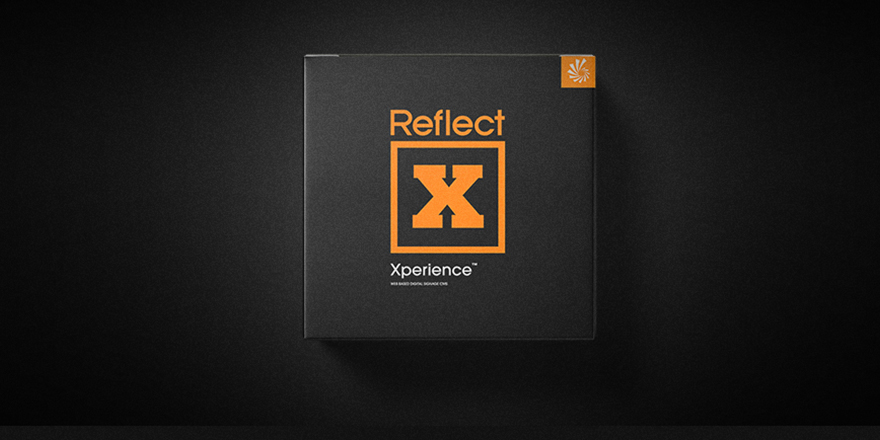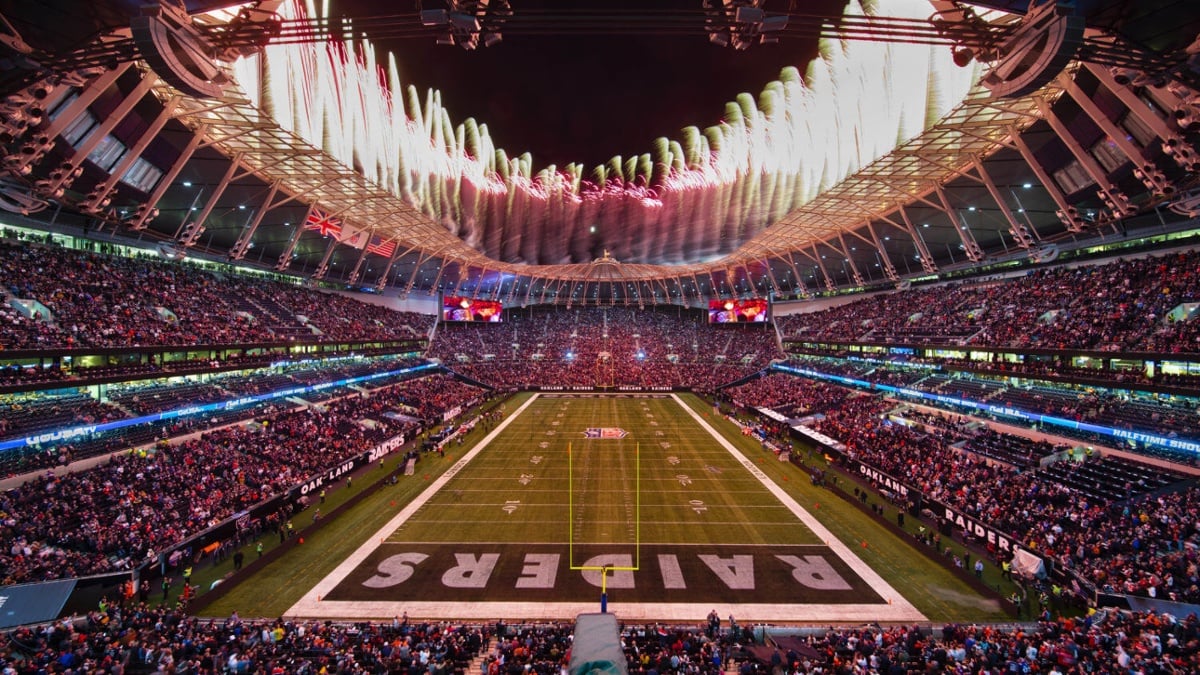SOC Compliance, the Cloud, Security and Network Infrastructure: addressing the top concerns of IT network stakeholders
The average shopper enjoying an immersive digital display at their favorite store, or a traveler navigating train schedules at Union Station, might not realize that behind their experience lies a complex security infrastructure working to support and protect "business as usual."
Now more than ever before, these complex security networks are of critical importance, as cyberattacks continue to rise in both frequency and sophistication. Cybersecurity Ventures predicts cybercrime will cost $10.5 trillion globally by 2025, while IBM’s Cost of a Data Breach Report 2024 states the average cost of a breach has reached $4.88 million.
The stakes are high for enterprises running digital signage networks, given the complexity of managing data and devices across multiple locations.
Bart Massey, EVP of Software Products at Creative Realities, emphasizes that security isn’t just about data protection but about maintaining seamless operations.
“In digital signage, managing numerous devices across different locations creates a number of challenges. The potential for intrusion and downtime is significant, making SOC compliance and cloud security non-negotiable. When possible, these should be built into your network’s foundation from the beginning,” Massey advises.
The evolution of network security and compliance
In recent years, cloud-based systems have become the backbone of digital signage. These systems allow for real-time updates, content distribution, and scalability across multiple locations in ways their on-prem predecessors couldn’t.
“We’ve evolved tremendously in the last 10 years,” Massey notes. “When I started, almost nobody was operating in the cloud… now [with Creative Realities], we operate multiple content platforms, all of which are cloud-driven.” This shift to the cloud has enabled digital signage providers to offer more scalable and secure solutions, but it also requires adherence to strict security standards.
SOC standards provide a framework for securing data and ensuring operational reliability. For IT stakeholders, the importance of having a secure network is immense. Without it, digital signage networks are vulnerable to intrusion, data breaches, and operational failures, all of which could lead to significant financial and reputational damage.
SOC compliance is essential for businesses that handle sensitive customer data and operate on cloud infrastructure. SOC has several key principles that apply to different applications, with specific focuses on the markets they serve. These principles ensure that systems are not only functional but also protected from unauthorized access and attacks.
Common challenges in achieving SOC compliance
While SOC compliance is a necessary step in securing digital signage networks, it isn’t without its challenges. Massey points out that for many companies, especially small and mid-sized businesses, the hardest part isn’t creating policies – it’s maintaining them.
“You can get those policies right, but the tough part is living by it,” Massey explains. SOC 2 requires that periodically companies must be audited, which means security standards have to be maintained at all times.
In cloud environments, SOC compliance can be particularly challenging due to the complexity of managing remote servers, data centers, and network infrastructure. Many companies struggle to retrofit older systems to meet SOC standards, especially if those systems were not initially designed with security in mind.
Retrofitting legacy systems can be difficult, but there are ways to have it built into your network even if your system hasn’t had SOC compliance in mind from the start. For example, a financial services company with a legacy CRM system was able to achieve SOC compliance by implementing a layered security approach. They began by conducting a comprehensive audit to identify vulnerabilities, then worked with a managed service provider to deploy modern encryption protocols, multi-factor authentication, and data segmentation within their existing infrastructure.
Overcoming resistance: how far security has come
The adoption of cloud-based security solutions wasn’t immediate. In the early days of the cloud, there was significant resistance from enterprise operations that were skeptical about moving their data off-premises.
Today, most organizations understand the value of cloud-based security systems. Using established providers like AWS and Microsoft Azure allows companies to leverage the latest security features without having to build them from scratch. “You don’t want to reinvent the wheel,” says Massey. “We use the industry-standard tools that a partner like AWS provides - firewalls, load balancers, cloud distribution systems.”
This shift to cloud-based security has helped businesses not only secure their networks but also scale their operations more efficiently. Digital signage networks have benefited from the ability to connect media players in remote locations without needing on-site servers or extensive IT involvement.

Key areas for IT stakeholders
When implementing a digital signage network, IT stakeholders need to prioritize several key areas to ensure a secure and compliant infrastructure. According to Massey, the top three priorities should be:
- Choosing reliable data centers: The first step in securing a network is selecting a reputable cloud provider. AWS and Microsoft Azure are industry leaders that offer best-in-class security features, such as encryption, firewalls, and intrusion detection systems.
- Bandwidth and connectivity: IT teams must ensure that their networks have sufficient bandwidth to support digital signage systems. Massey notes that while many modern installations have ample bandwidth, some retail or smaller locations may need to throttle downloads or schedule updates during off-peak hours.
- Network segmentation and infrastructure planning: IT teams should segment their networks to isolate digital signage from critical systems like point-of-sale or corporate networks. “I would suggest providing something like a secure or separate VLAN for your signage,” Massey advises. This ensures that digital signage systems don’t pose a security risk to other parts of the network.
Future-proofing network infrastructure
As digital signage continues to grow, IT stakeholders must consider how to future-proof their networks for scalability and security. With the rise of AI-driven cyberattacks, security measures will need to evolve.
“The volume of things that are coming in as far as vulnerabilities is increasing exponentially… we’re seeing a huge uptrend in AI-generated attacks,” Massey warns. To counter this, companies are adopting AI-powered defense systems that can detect and neutralize threats before they cause damage.
Massey emphasizes that staying current on security trends is crucial for IT leaders. Subscribing to relevant blogs and newsletters, as well as regular training and certifications, are a good means of keeping up with the latest security developments.
Staying ahead of security and compliance
For enterprises operating digital signage networks, ensuring SOC compliance and network security is a foundational element of their success. By prioritizing secure data centers, network segmentation, and future-proofing infrastructure, IT stakeholders can build robust systems that support long-term growth and safeguard sensitive data.
As Massey concludes, “It’s important to make sure that you’re not only meeting the standards but staying ahead of them.” By staying informed and proactive, businesses can ensure their networks are secure, compliant, and ready for whatever the future holds. Creative Realities is committed to helping businesses do just that. Get in touch with us today to learn more about how we can keep your enterprise digital signage networks running both safely and productively.
Share this
You May Also Like
These Related Stories

The Basic Components of Your Digital Signage Network

Reflect Xperience: How to Make Local Content for Digital Signage Work for You


